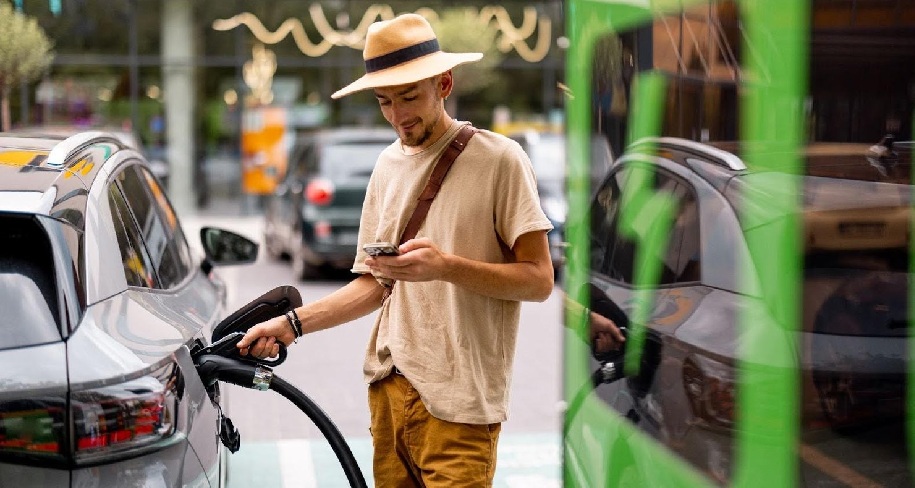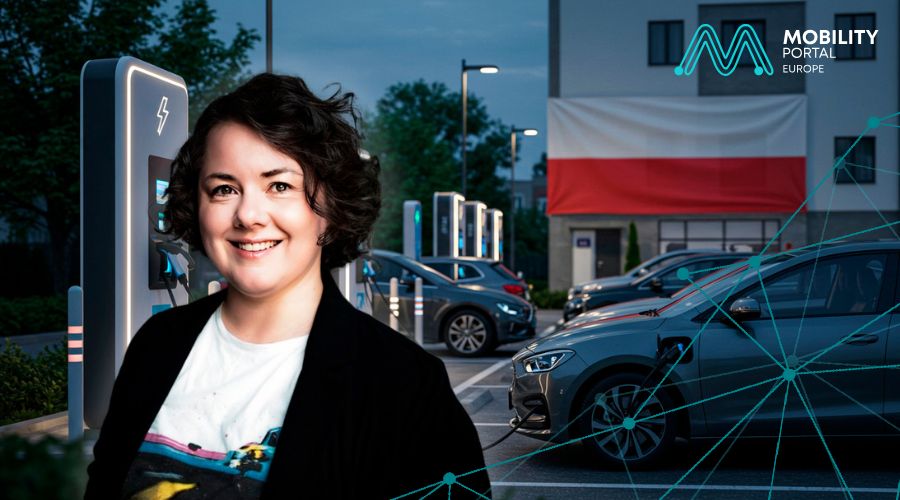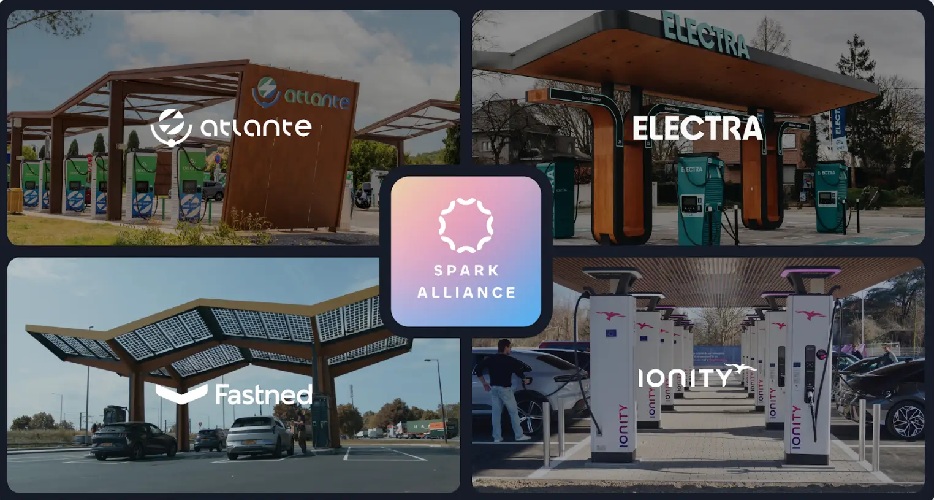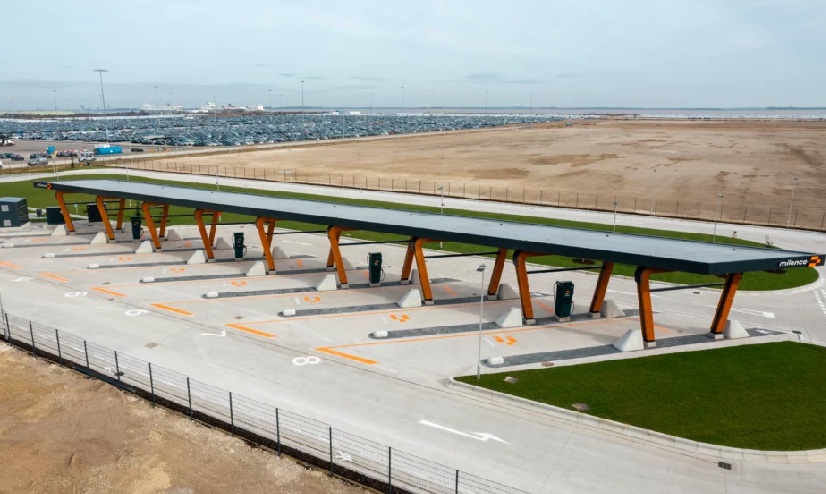Equans is starting, together with the Municipality of Amsterdam, Deftpower, and the ANWB, a trial for the active smart charging of electric vehicles (EVs) in the capital.
For six months, they will investigate how e-drivers can actively contribute to alleviating the electricity grid in exchange for a financial reward.
E-drivers can charge more affordably at over 3,000 public charging points (1,500 charging stations) in Amsterdam.
During the trial, e-drivers will be asked to indicate their expected departure time via the ANWB app after connecting the charging cable.
With this information, Equans can distribute the available electricity more efficiently over the entire period the electric vehicle is connected to the public charging station.
This is referred to as active smart charging.
Benefits of Active Smart Charging
Equans can organise the charging process more efficiently, potentially alleviate the electricity grid during peak times, and ensure a more sustainable and cost-effective use of the energy supply.
This benefits the entire energy market, as charging times are aligned with periods of abundant renewable energy generation.
E-drivers will also financially benefit.
Additionally, there may be advantages for grid operators, as the available electricity is better distributed through smart planning and shifting charging sessions to off-peak hours.
The trial focuses on three research questions: How does active smart charging contribute to alleviating the electricity grid?; How do e-drivers experience the transparency and flexibility of this new charging method with cashback?; and how much money can e-drivers save?
Financial Incentive for E-Drivers
This is the first time in the Netherlands that e-drivers can financially benefit from smart charging in public spaces.
Participating in the trial is simple: e-drivers can register via the ANWB app.
During the trial, they will receive a financial reward (cashback) via the app, allowing them to immediately redeem the value of their flexible charging sessions.
This offers ANWB Charging Card users an attractive saving opportunity.
The ANWB uses software from Deftpower.
Thanks to the software and app technology from Deftpower, the smart charging schedule for e-drivers is calculated, and they receive the cashback.
Future-Proof Charging in Amsterdam
To distribute the increasing demand for energy more evenly and combat peak loads, public charging stations can be more intelligently controlled.
Cars will then be charged when the demand for energy decreases.
Some of the charging stations in Amsterdam are already charging in a grid-conscious way.
The Municipality of Amsterdam expects such forms of charging to eventually become the standard.
To explore how we can actively involve e-drivers in this, the municipality believes it is important to participate in this trial.
NAL Collaboration
Within the NAL, we are working with all parties on the national scaling-up program Smart Charging for Everyone.
This initiative beautifully demonstrates how smart charging works in practice.
Through the national scaling-up program, further work is being done to make smart charging the norm.
The NAL’s ambition is for more than 60% of charging sessions to be smart by 2025.
READ MORE
-
Can a “super ministry” accelerate electric mobility in Poland?
While registrations of zero-emission vehicles are breaking records in the country, industry leaders warn of the political challenges accompanying the progress of eMobility: “New regulations should be prepared at the beginning of autumn.” Could a state restructuring be the answer?
-
Spark Alliance: the largest and most trusted charging network is now live
Created by 4 of Europe’s leading CPOs, the Spark Alliance is setting the bar for what EV charging should be: fast, seamless, and flawlessly connected. What does it consist of?
-
Europe has 1,100 public E-Truck chargers but distribution remains uneven
In a new white paper, Milence delivers a clear, data-driven answer: while today’s infrastructure can support the current fleet, rapid and strategic expansion is essential to enable widespread adoption by 2030. How can this trend be accelerated?










